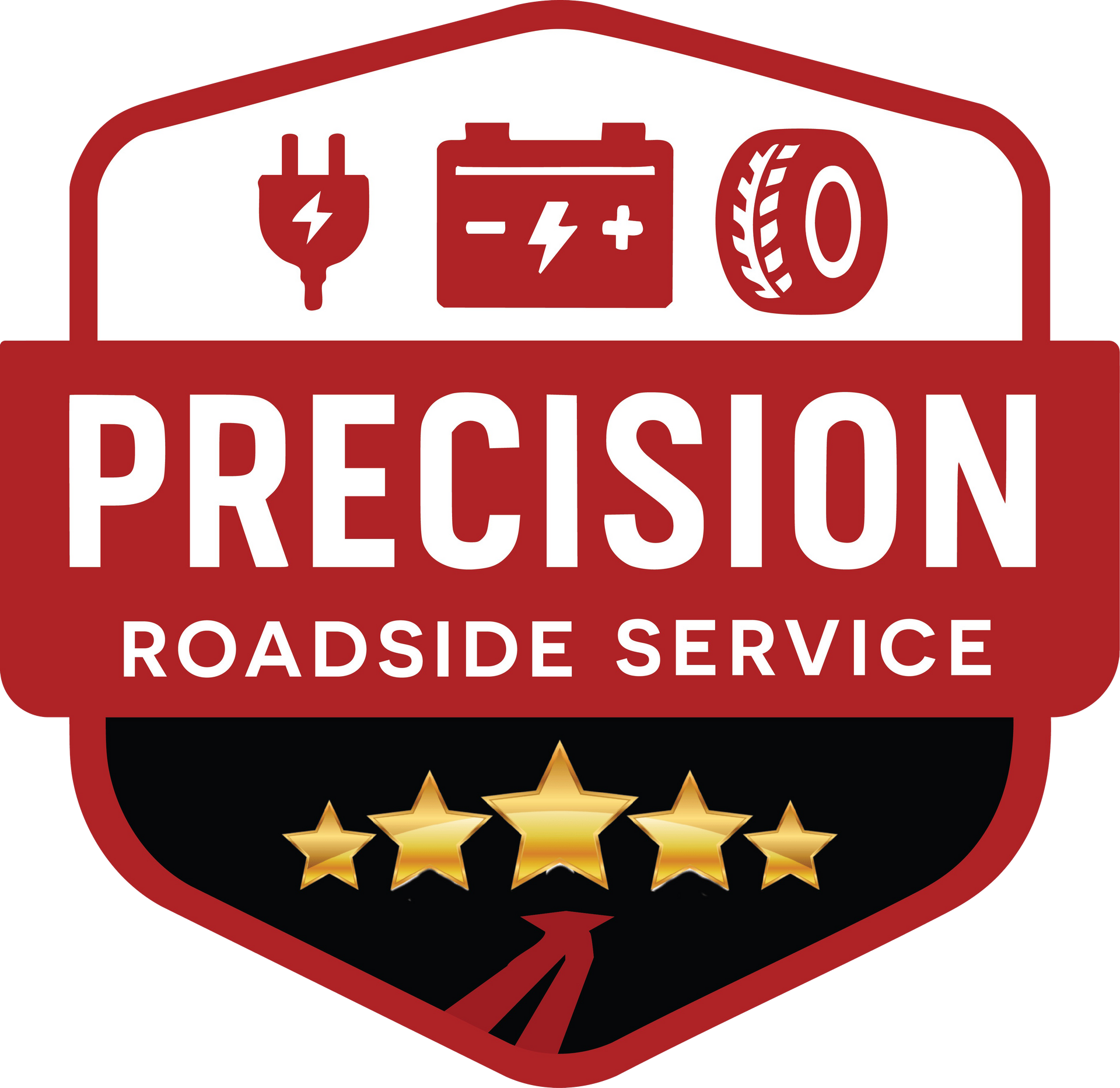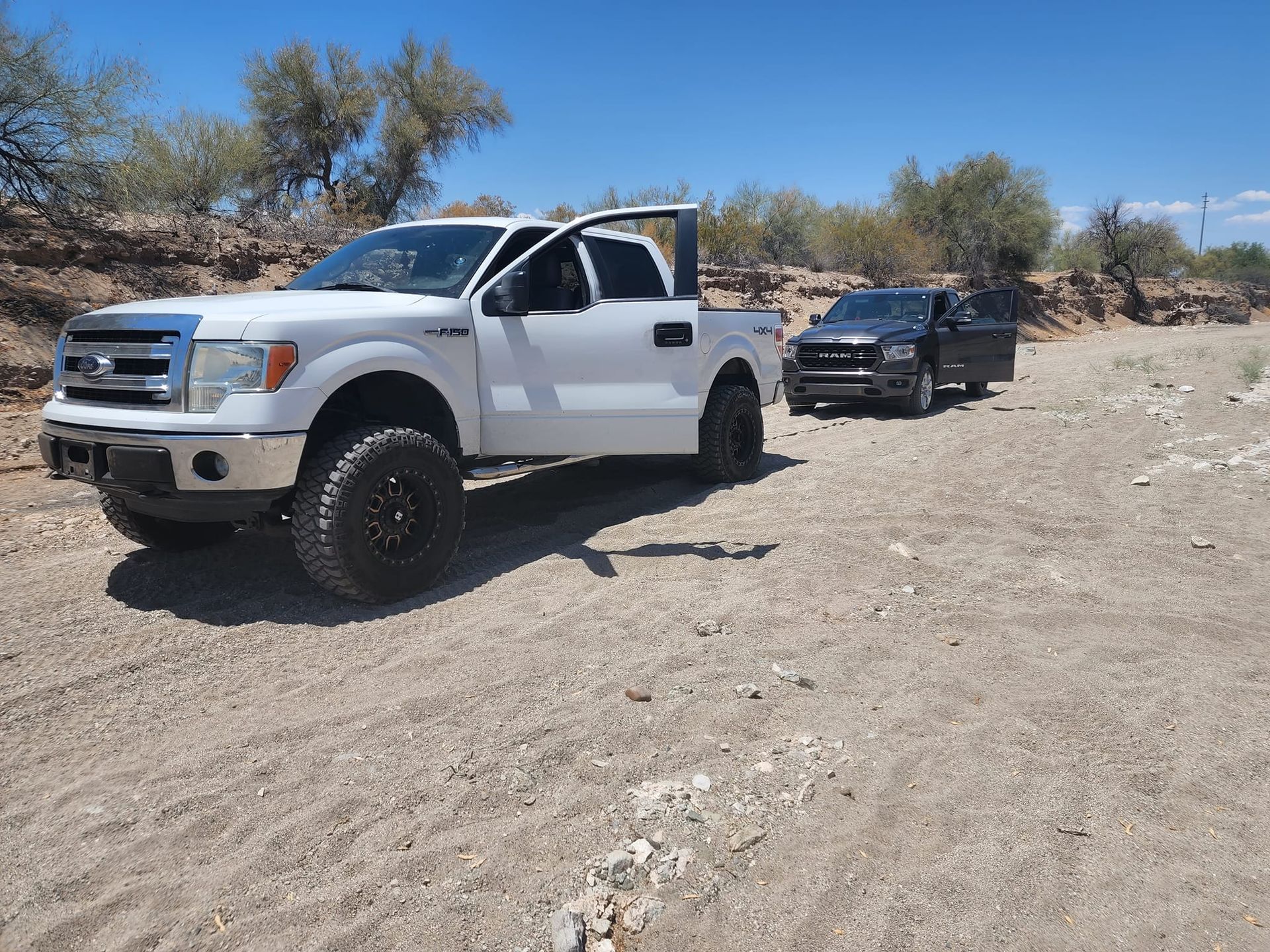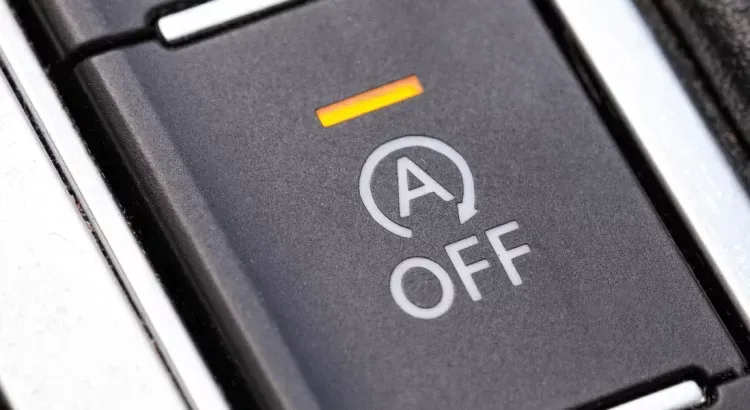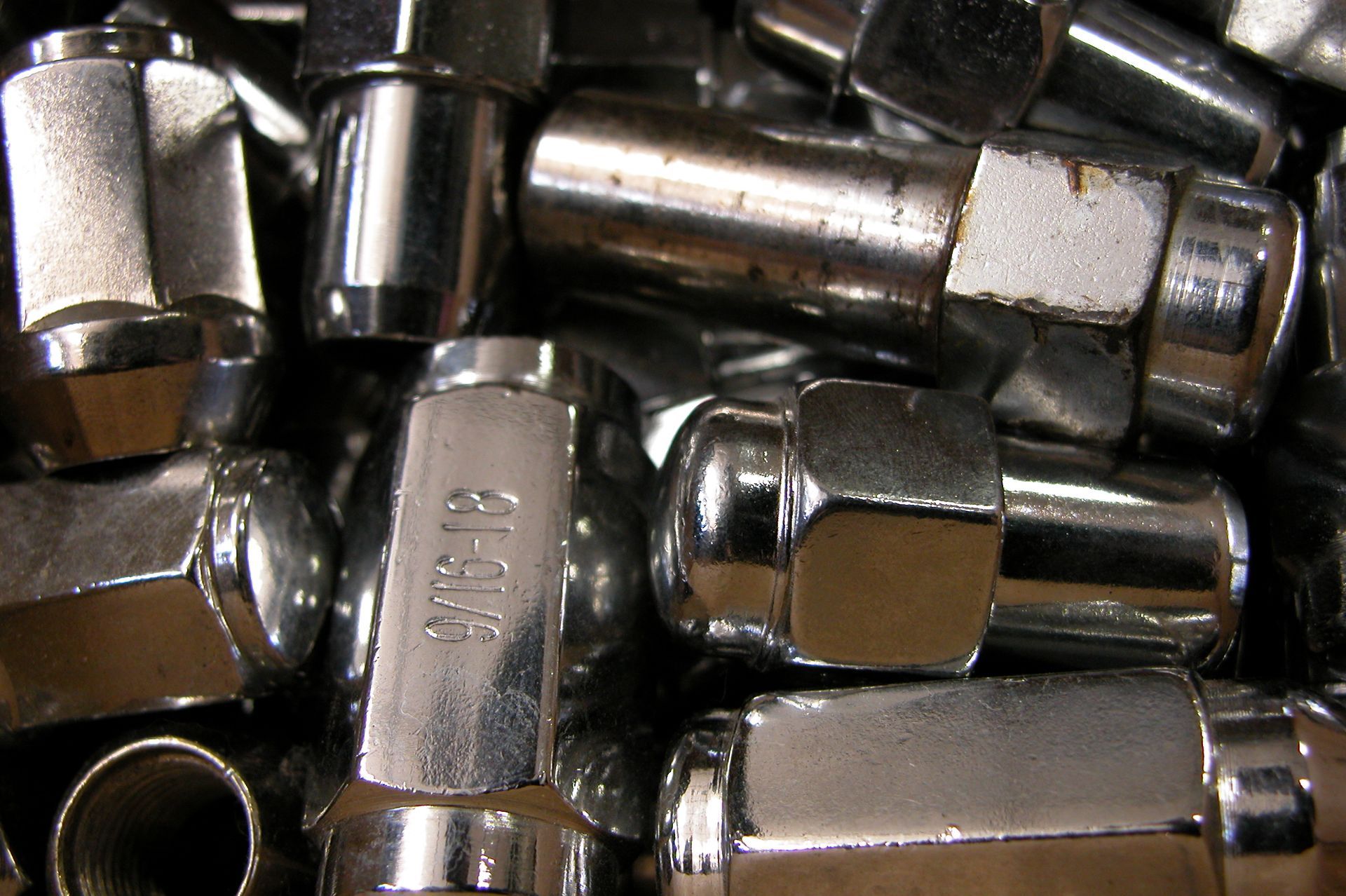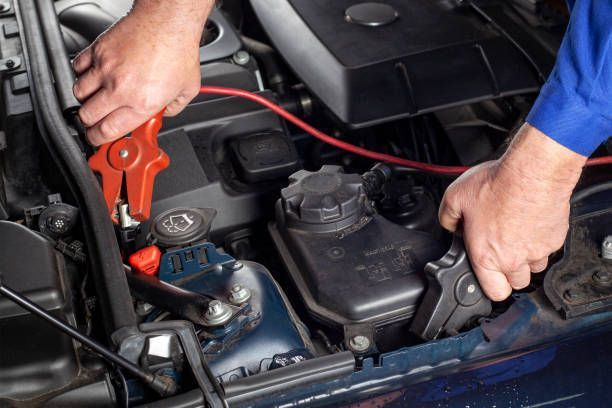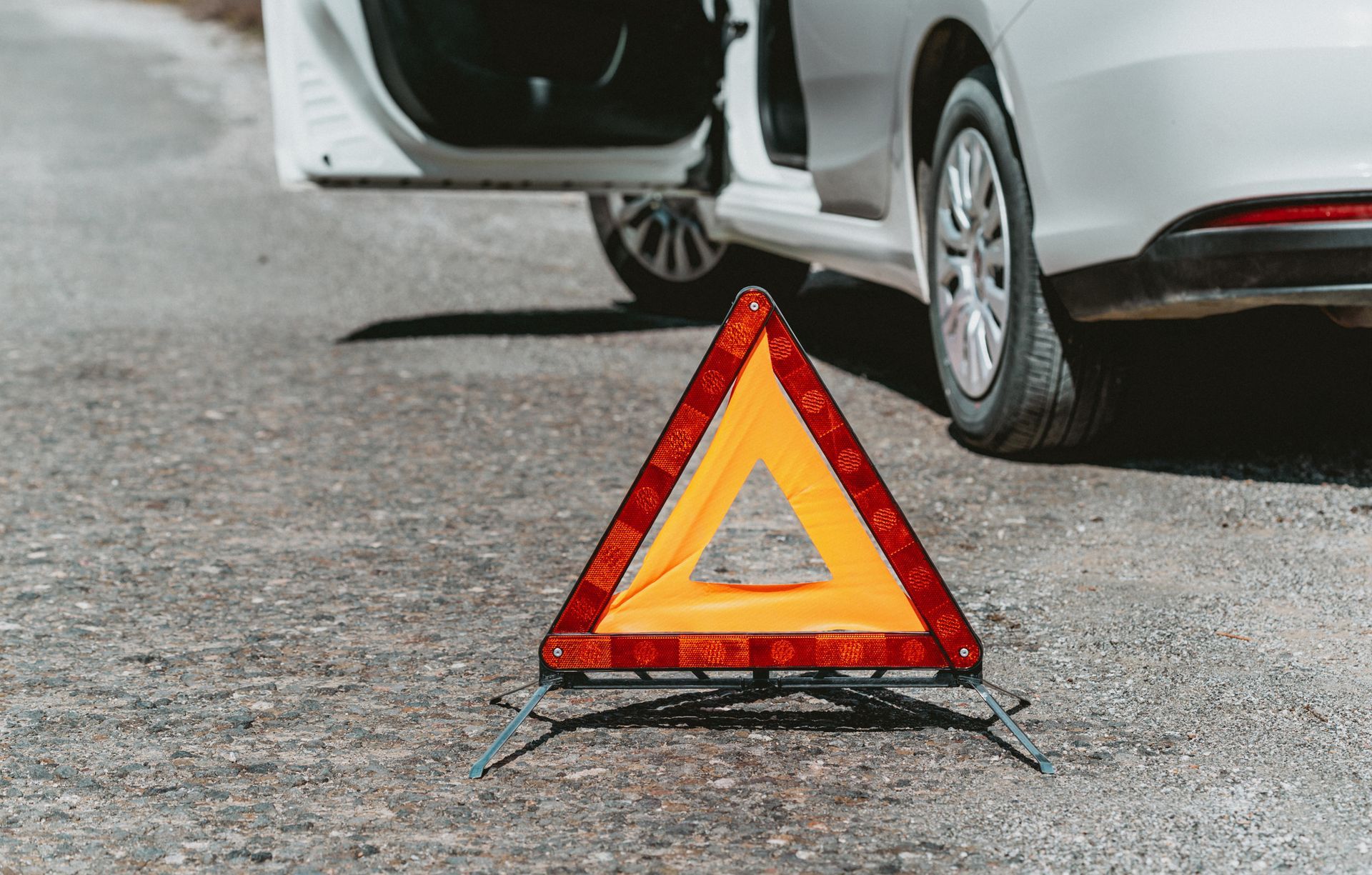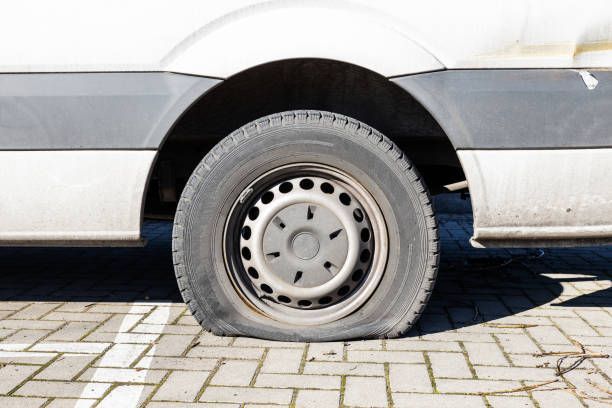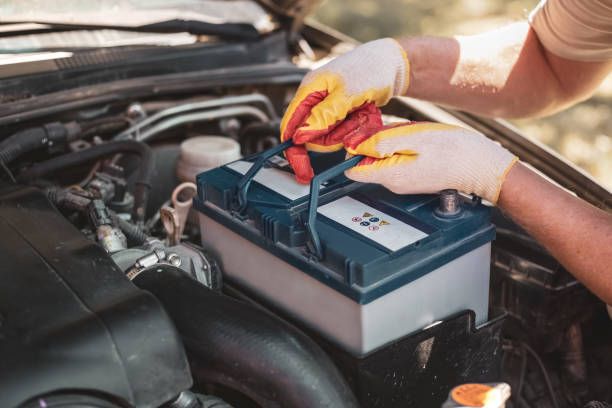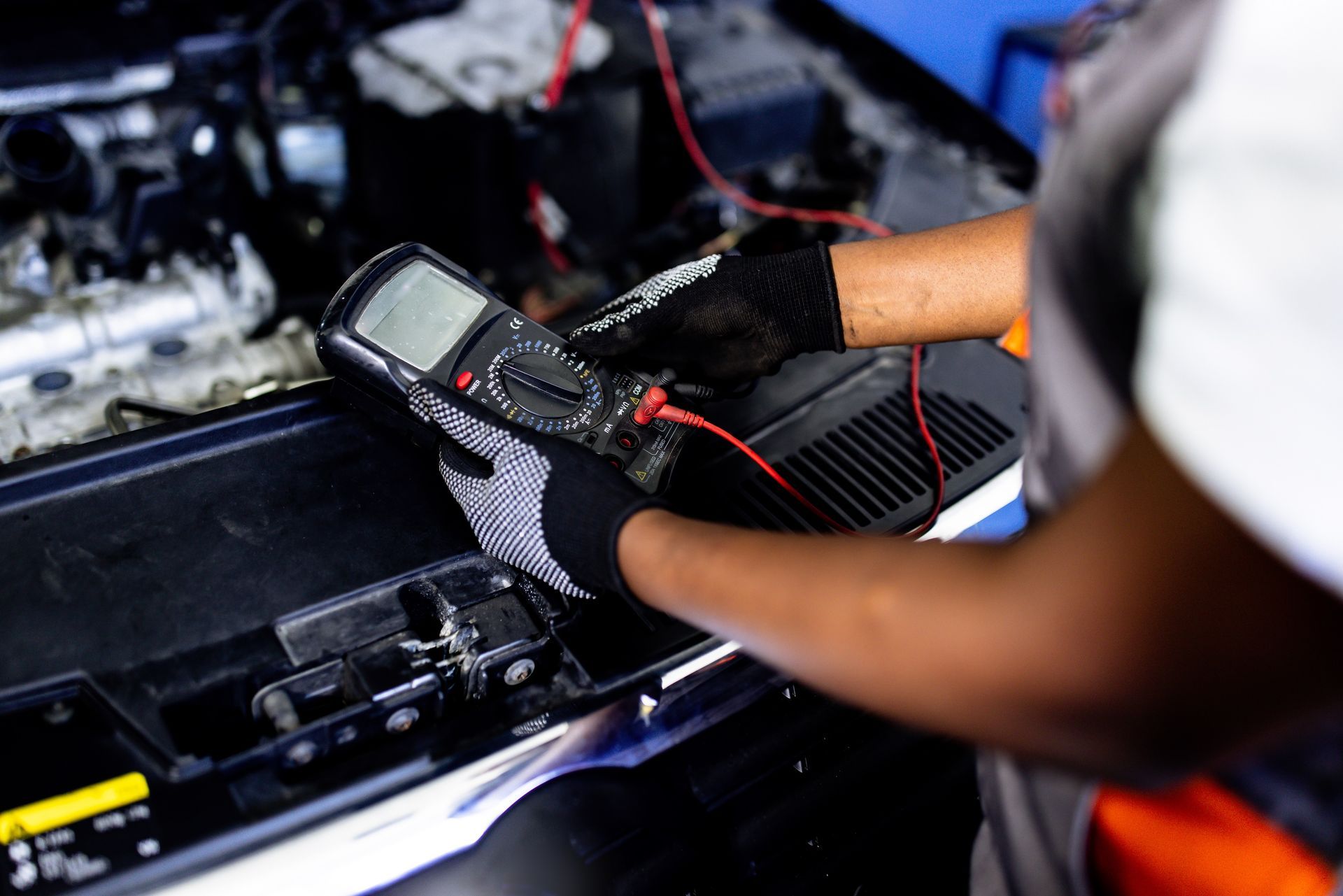Here are the steps and common practice to safely replace your flat tire
We understand that coming out to a flat tire
is never good, some tips and tricks to avoid this are to regularly check your tires, a quick walk around to verify there is plenty of tread left and there are no visible defects to the any of the tires. If you do find yourself in a situation where you have a flat tire
whether you had a blow out or picked up a nail here are the step to take to prepare yourself for a tire change.
Once you’ve gathered all the necessary equipment for your tire change, follow the step-by-step instructions outlined by Precision Roadside Service to successfully replace your flat tire with a spare tire
and get back on the road safely and swiftly!
Safety First: Park your vehicle on a flat surface, activate hazard lights, and engage the parking brake.
Prepare the Vehicle: Place wheel chocks behind the opposite tires to prevent movement.
Loosen Lug Nuts: Using the lug wrench, turn the lug nuts counterclockwise to loosen them while the tire is on the ground. Don’t remove them completely yet.
Jack Up the Vehicle: Position the jack at the vehicle's jacking point as indicated in the owner's manual and lift until the flat tire
is off the ground.
Remove Lug Nuts: Take off the loosened lug nuts completely and set them aside in a safe location.
Install the Spare Tire: Line up the spare tire with the wheel hub and push it onto the hub until it’s snug.
Replace Lug Nuts: Hand-tighten the lug nuts onto the spare tire, ensuring they are seated without fully tightening them yet.
Lower the Vehicle: Carefully lower the vehicle back to the ground using the jack.
Tighten Lug Nuts: Once on the ground, use the wrench to tighten the lug nuts securely in a star pattern for even pressure distribution.
Store Equipment: Put the flat tire, jack, and tools back in your vehicle.
Check Spare Tire
Pressure: Use the tire pressure gauge to ensure the spare tire is properly inflated before driving away.
By following these steps, you'll safely replace your flat tire
and be on your way!
After successfully changing your tire, keep in mind that spare tires
are only temporary solutions, and manufacturers recommend replacing them with a proper factory-sized tire as soon as possible for optimal safety and performance.
If you require further assistance with changing a flat tire or feel uncomfortable handling it yourself, Precision Roadside Service
is ready to help you. You can reach them at 480.256.8516
for prompt and reliable support.
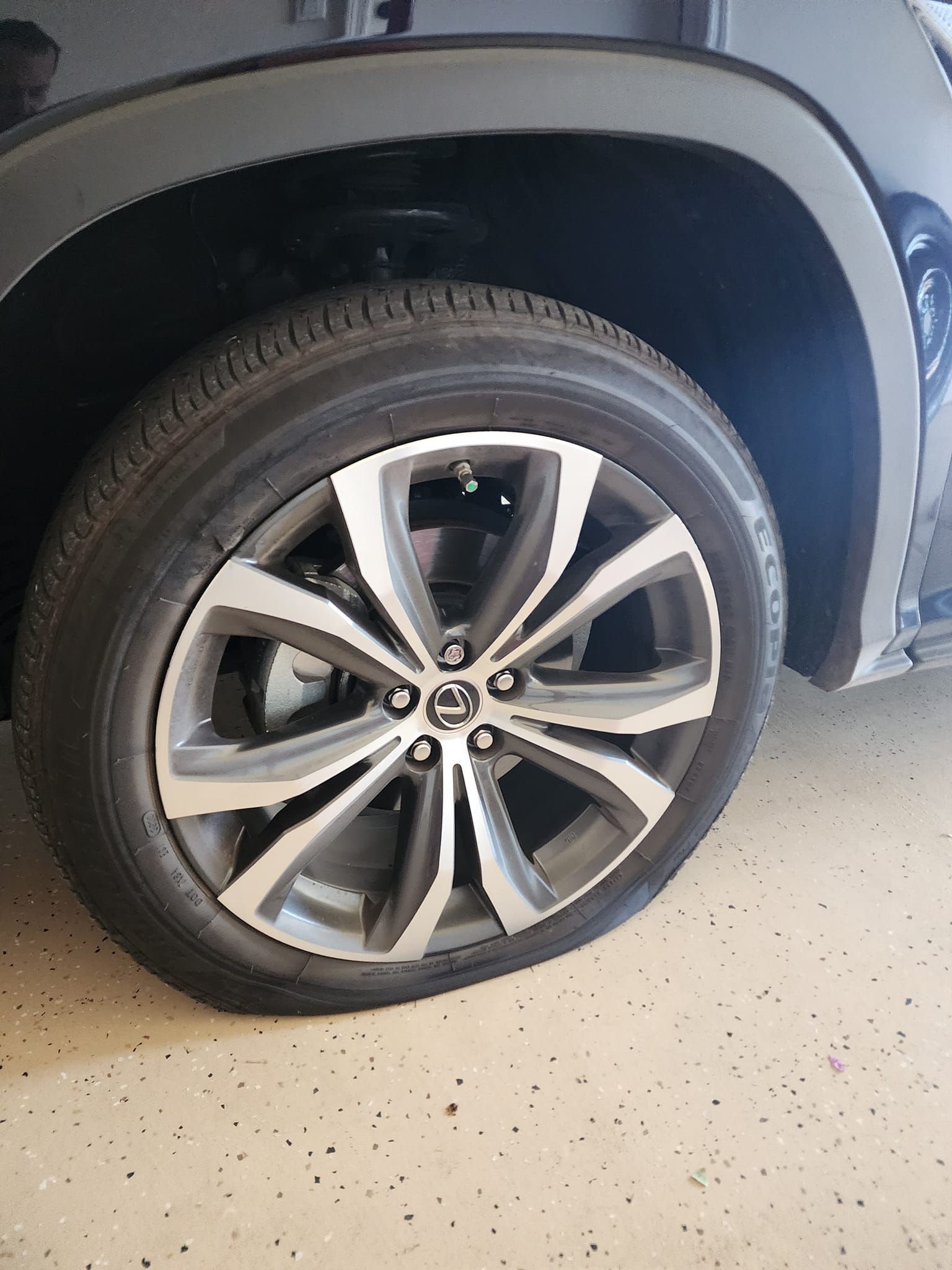
Why Properly Torquing Lug Nuts Matters for Safety and Performance When it comes to vehicle maintenance, few people think about the importance of properly torquing lug nuts. But this simple step plays a critical role in your car’s safety, performance, and longevity. At Precision Roadside Service in Phoenix, AZ, we often see issues caused by wheels that weren’t tightened to the manufacturer’s specifications. Why Lug Nut Torque Matters 1. Safety on the Road Prevents wheel detachment: Loose lug nuts can cause your wheel to fall off while driving, while over-tightened nuts put stress on the wheel assembly. Even pressure distribution: Following the proper torque spec ensures the wheel, brake rotor, and hub are evenly secured. 2. Wheel Alignment & Fitment Even clamping force: Torque keeps all lug nuts evenly tightened, preventing wobbling or misalignment. Avoids warping: Too much torque can warp the rotor or wheel; too little can lead to vibrations. 3. Protecting Your Vehicle’s Parts Prevents stripped studs & threads caused by over-tightening. Protects brake rotors & hubs from distortion that leads to uneven tire wear. 4. Preserving Warranty & Vehicle Integrity Manufacturers often require correct torque to maintain warranty coverage. Proper torque extends the life of wheels, bearings, and suspension parts. 5. Tire Performance & Fuel Efficiency A properly torqued wheel maintains alignment, reducing uneven tire wear. Correct torque helps improve handling, safety, and fuel economy. How to Properly Torque Lug Nuts Use a torque wrench: Most vehicles require 70–100 lb-ft (95–135 Nm), but always check your owner’s manual. Tighten in a star pattern: Gradually torque each nut in stages for even pressure distribution. Final Thoughts Taking the time to torque your lug nuts properly isn’t just about following the manual—it’s about protecting your vehicle and everyone riding in it. Whether you’re changing a flat on the side of the road in Tempe, Mesa, Chandler, or Phoenix, or having new tires installed, always make sure lug nuts are tightened to spec. If you ever need help with a tire change, mobile EV charging, or emergency roadside assistance in Phoenix, AZ, the team at Precision Roadside Service is available 24/7. 👉 Learn more about our roadside tire services
